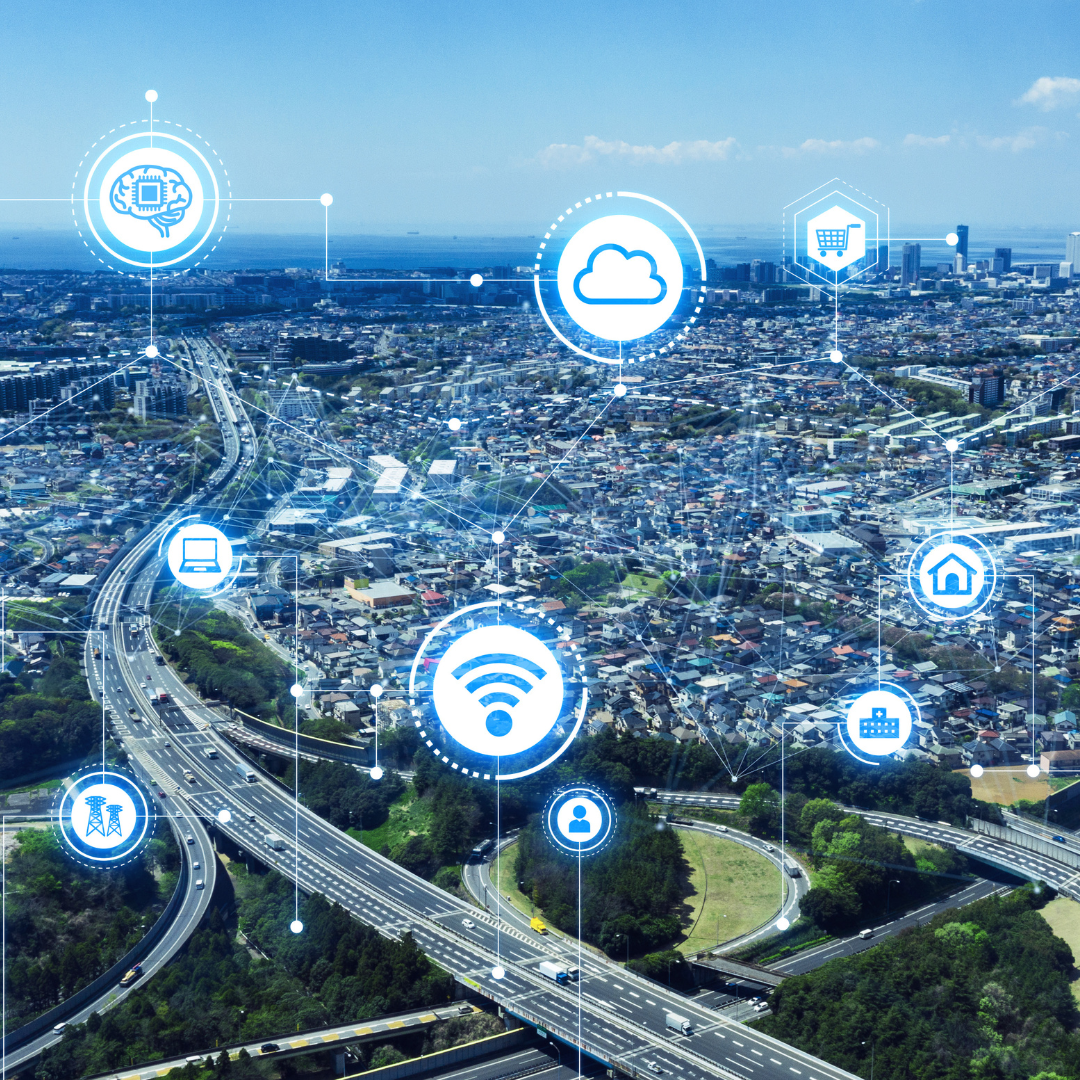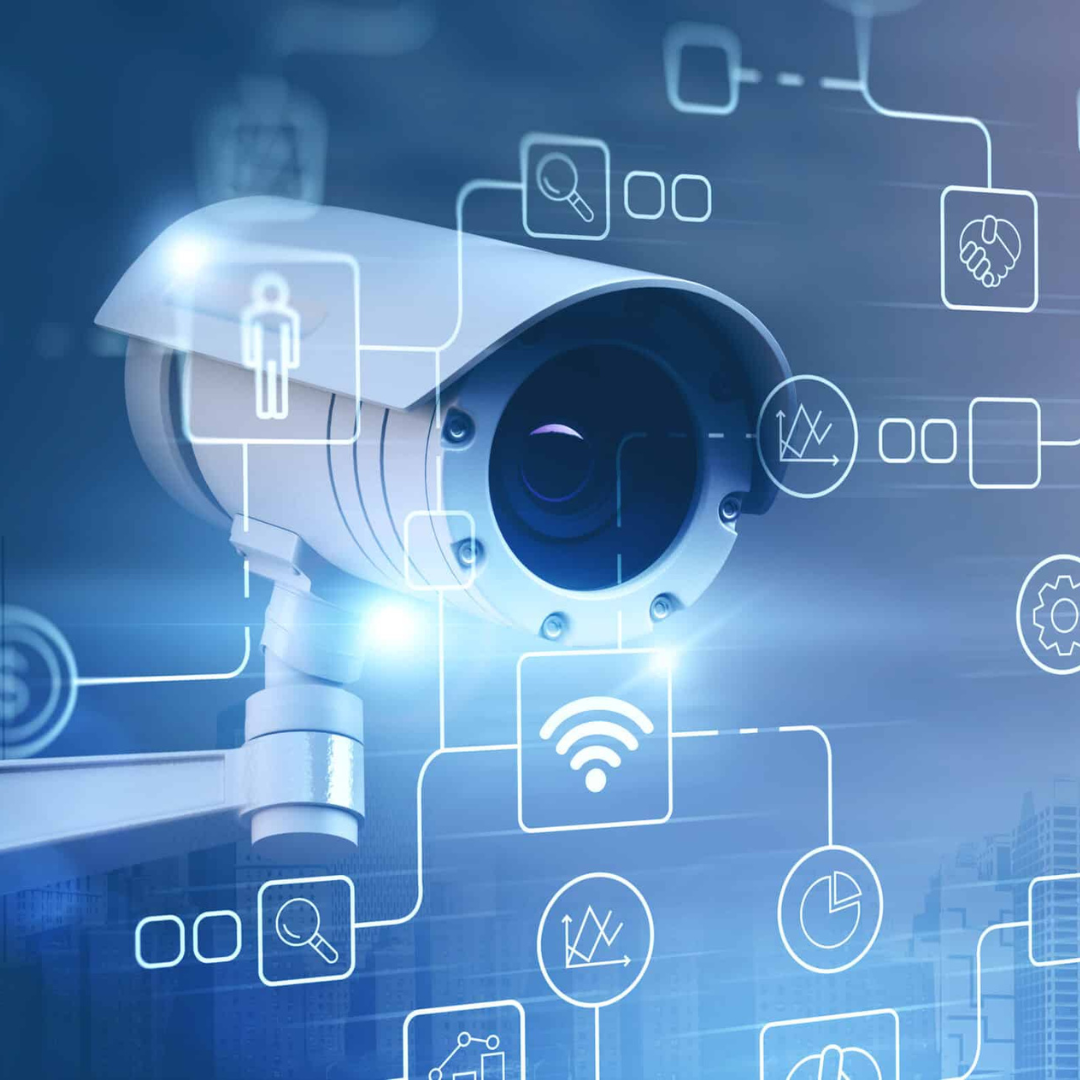How Augmented Reality Enhances The Customer Experience
2023-04-24 02:19:00

As technology continues to advance, businesses are finding new and innovative ways to enhance the customer experience. Two of the most prominent technological advancements that are currently shaping the customer experience are augmented reality (AR) and automation. In this blog post, we will unpack how AR and automation are impacting the customer experience.
Augmented Reality
Augmented reality is a technology that overlays digital information onto the physical world. AR can be experienced through a mobile device, a headset, or even a pair of smart glasses. One of the most significant impacts of AR on the customer experience is that it provides customers with a more immersive experience.
For example, furniture companies can use AR to allow customers to visualise how furniture will look in their homes. Instead of trying to imagine how a couch or table will look in a particular space, customers can use AR to see a 3D model of the furniture overlaid onto the actual space in real time.
AR can also be used to enhance customer education. For example, car dealerships can use AR to provide customers with an interactive experience of a car's features and capabilities. This can help customers make more informed purchasing decisions and feel more confident about their choice.
Overall, AR is a technology that is helping to create a more personalised and immersive customer experience.
Automation
Automation refers to the use of technology to automate tasks that would otherwise be done by humans. Automation is having a significant impact on the customer experience by providing faster and more efficient service.
For example, chatbots can be used to provide 24/7 customer support. Instead of having to wait for a human customer service representative to become available, customers can get immediate assistance from a chatbot. This can help to reduce wait times and improve the overall customer experience.
Automation can also be used to personalise the customer experience. For example, eCommerce businesses can use automation to track customer behaviour and make personalised product recommendations based on their browsing and purchase history.
One potential drawback of automation is that it can sometimes feel impersonal. Customers may feel like they are talking to a machine instead of a human, which can lead to frustration. However, businesses can mitigate this by ensuring that their automated systems are designed to be as human-like as possible.
Overall, automation is a technology that is helping businesses to provide faster, more efficient, and more personalized customer service.
Conclusion
In conclusion, AR and automation are two technologies that are having a significant impact on the customer experience. AR is providing customers with a more immersive and personalized experience, while automation is providing faster and more efficient service. As these technologies continue to develop, businesses that are able to effectively incorporate them into their customer experience strategy will be better positioned to provide exceptional customer service and gain a competitive advantage in the marketplace.


